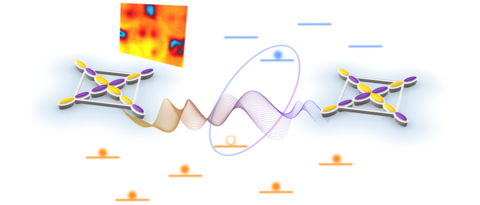
Würzburg physicists of the Cluster of Excellence ct.qmat have discovered that quantum entanglement toughens up quasiparticles against impurity scattering – even when they are subject to strong disorder.
more
Würzburg physicists of the Cluster of Excellence ct.qmat have discovered that quantum entanglement toughens up quasiparticles against impurity scattering – even when they are subject to strong disorder.
more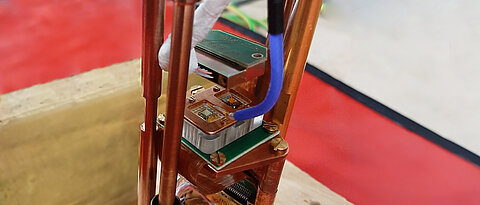
An international team including researchers from the University of Würzburg has succeeded in creating a special state of superconductivity. This discovery could advance the development of quantum computers.
more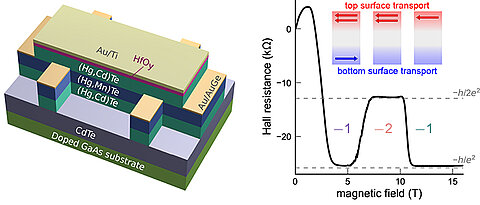
Experimental and theoretical physicists from the Würzburg Institute for Topological Insulators observed a re-entrant quantum Hall effect in a mercury telluride device and identify it as a signature of parity anomaly.
more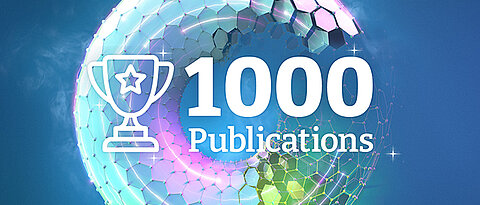
One of the benchmarks used to measure the success of research is the volume of publications in esteemed journals. The Würzburg-Dresden Cluster of Excellence ct.qmat has celebrated its 1000th publication.
more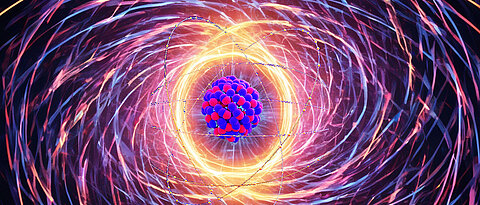
A new and more precise way of measuring time is the aim of an international research project in which Würzburg physicist Adriana Pálffy-Buß is involved. The results could also help in the search for dark matter.
more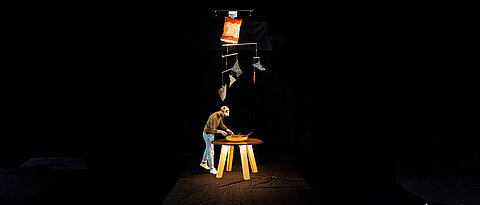
Germany's first escape room on quantum physics will be open to the public at the SPIN2030 Science Festival in Dresden on 8 and 9 March. It is based on the work of the Dresden-Würzburg Cluster of Excellence ct.qmat.
more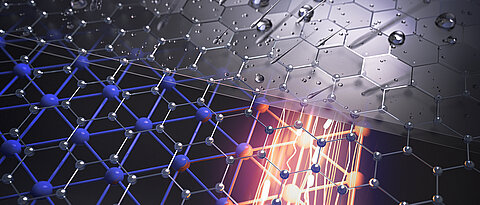
Breakthrough in materials research: A team from the Würzburg-Dresden Cluster of Excellence ct.qmat has developed an innovative protective film for 2D quantum materials that could play a key role in shaping the future of electronics.
more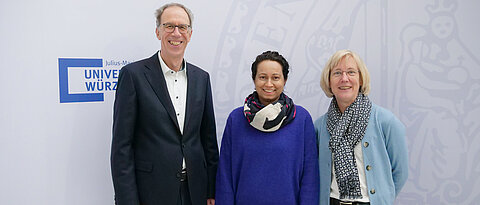
One step further: One JMU research project on nucleic acid research and technologies has qualified for the next round in the competition for the prestigious research grant.
more
Physicist Elena Hassinger has been awarded an ERC Consolidator Grant for her research on superconductors. Hassinger is part of the Würzburg-Dresden Cluster of Excellence ct.qmat.
more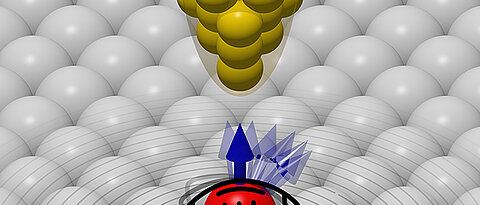
For the first time, experimental physicists from the Würzburg-Dresden Cluster of Excellence ct.qmat have demonstrated a new quantum effect aptly named the “spinaron.”
more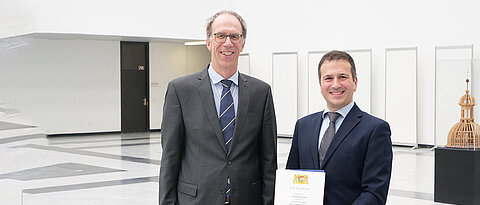
Giorgio Sangiovanni is an expert in the computer-aided calculation of quantum materials. He heads a new chair in physics that is funded by the Bavarian Ministry of Science with 1.5 million euros.
more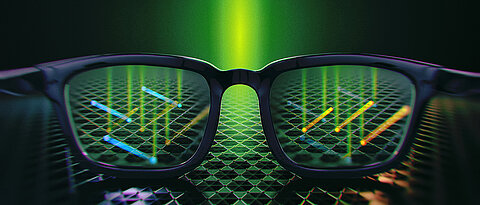
An international team of scientists has succeeded in experimentally confirming a characteristic of topological materials. The Universities of Würzburg and the Dresden with their Cluster of Excellence ct.qmat were involved.
more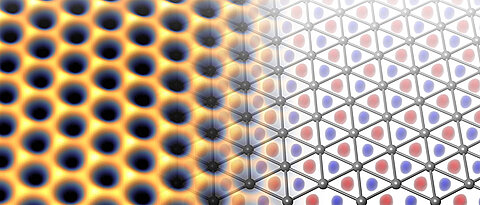
The Collaborative Research Centre ToCoTronics in condensed matter physics will be extended for four more years. The German Research Foundation is funding it with 12 million euros.
more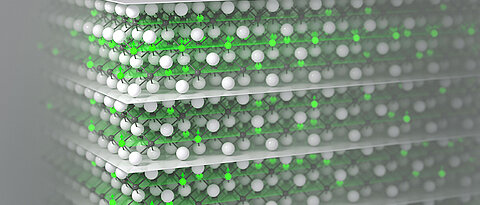
Researchers from the Cluster of Excellence ct.qmat have achieved a significant milestone in the pursuit of energy-efficient quantum technologies by designing a ferromagnetic topological insulator.
more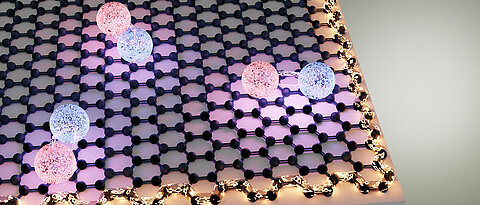
Within the framework of the Würzburg-Dresden Cluster of Excellence ct.qmat, excitons were generated in a topological insulator for the first time. A breakthrough in quantum research, based on material design from Würzburg.
more